-
Phone Number
-
Email Address
The long-awaited and anticipated revolution in construction is gaining momentum. Now we have drones, BIM, reality virtual, augmented reality, automatic project management and more. But this does not end here! The researchers and several institutes are taking technology to the next level in the development of new materials of construction innovative.
Although we already talked about the properties and types of materials insulators with some excellent guidance documents. Now it's time to see materials for architecture that could revolutionize the construction sector.
Content menu:
Can you imagine being able to make facades and walls where a tree grows? moss naturally, it's here! this idea, the Dutch-based startup, the innovative Respyre.

They have developed a concrete with characteristics and special nutrients for moss growth! green concrete! The so-called Bio Receptive Concrete converts any surface in an opportunity to introduce vegetation in urban environments, crazy!
Although there are already some patents on the market on magnetic ceramics, few, were useful or of real application to the architecture world. Now we get FAST FIX from the company Perona Group.

Most impressively, is how quickly we can place blues. The technique is similar to the typical magnets of the fridge, and if you don't believe it, watch the following video!
By the way, we have a long article explaining better this construction system with magnetic tiles.
Carbon Craft company is changing the traditional way with which the most modern pavements are manufactured. His range of products is made with waste produced by the combustion of fossil fuels, the so-called "coal black”.
The company directed by the architect Tejas Sidnal is revolutionizing the sector with innovative products, competitive, well-designed and environmentally friendly What more do we want!
Throughout history, both cement and concrete have been constantly studied. Always trying to contribute new properties that affect its sustainability, the thermal insulation, impermeability, etc.
From MIT, the investigations of the CNRS department (Concrete Sustainability Center) are giving results amazing.
This time, with the addition of black particles of «nanocarbon» have managed to obtain a cement that conducts electricity .
What is it for? The conductivity of electrons will allow concrete to be used for a number of new applications, from self-heating to provide better thermal insulation in installations with sate system or even the possible energy storage to save on heating madness!
“Concrete is naturally an insulating material”, according to the project manager Soliman, "but when we add nanocarbon particles, goes from being an insulator and, in addition, a conductive material.”
We now have a new way of understanding and using the noblest material on earth, wood. Thanks to the technology has moved to a higher level of innovation; the translucent wood that can be used for develop windows and solar panels.
It is created by first removing the veneer siding wood and then it is worked on a nano-scale. The resulting effect creates a completely new building material transparent that has several applications in the industry of construction and works. Imagination to power!.
Being a very cheap resource, it can benefit projects by reducing the cost. The innovation took place at the KTH Royal Stockholm Institute of Technology. If you want to learn more properties of wood in construction see our article.
But this is not over yet!… Researchers from the University of Maryland have created a “super wood” which is stronger than steel but six times stronger light . First, they boil the wood in a mixture of sodium sulfite and sodium hydroxide to remove partially the lignin fiber and the hemicellulose, and then the hot pressed to crush cell walls, creating durable nano fibers.

This new material for construction called "nano wood" when pressed into a certain direction, it is 30 times stronger than insulating materials typical thermal and much more insulating.
The new construction materials they also want to respect the environment and be sustainable. L assistant professor Carmen Trudell of the Faculty of Cal Poly Architecture and Environmental Design, the Breathe Brick… Bricks that suck pollutants from the air and release air leaked!
This innovative material for the construction is designed to be part of the standard building ventilation system. Have a two-layer façade system, with special bricks in the exterior and standard insulation inside.

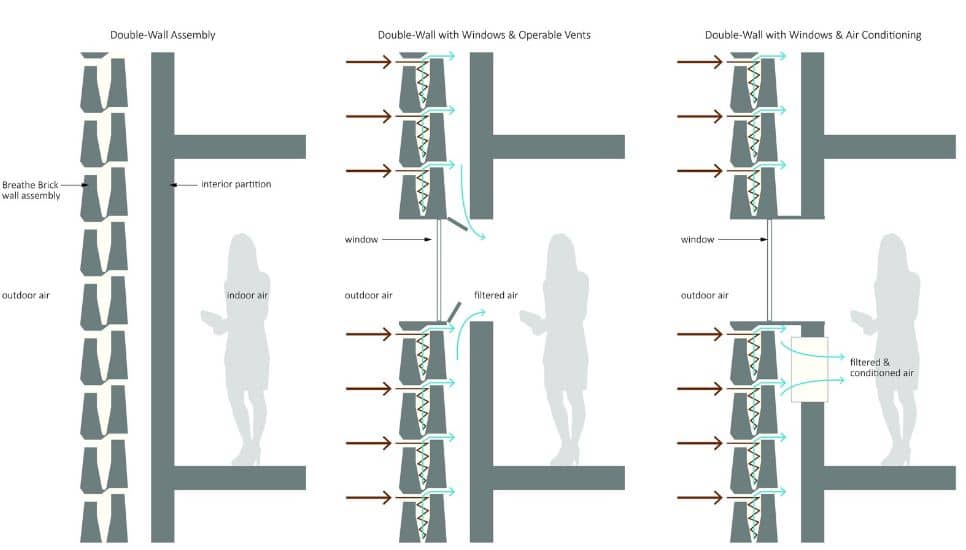
In the center is a cyclonic filtration system that separates heavy particles from the air and collects them in a removable hopper. Its design is very similar to that of a vacuum. In In short, a technology that can be easily applied to current construction processes.
By conducting tests in the wind tunnel, it was shown that the system can filter 30% fine particles contaminants and 100% coarse particles such as dust. A new component for works that can contribute great value.
Princeton University researchers predict that the smart windows of the future could save up to 40 percent in energy costs.
Researchers developed a new type of window intelligent system that controls the amount of light and heat that enters in the building and, in addition, it is self-powered by solar cells transparent from the window itself.

The technology is deposited on a glass like a film thin, and researchers are working to develop a flexible version that could easily be applied to existing windows. So, soon the aluminum windows and PVC will be history!
Building owners and managers could use a app on your phone to adjust the amount of sunlight passing through a window during the day to help save on heating and air conditioning costs.
Of the new modern materials of construction that are appearing, the combination of clay and hydrogel can be a huge leap forward in efficiency. The students of the Institute for Advanced Architecture of Catalonia have created a new material that has a cooling effect on the interiors of the buildings.
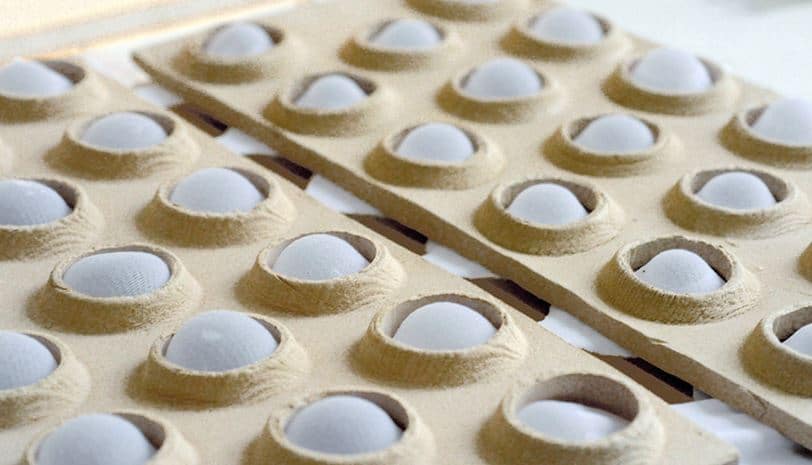
The hydroceramics have the ability to reduce the interior temperature up to 6 degrees Celsius.
Its cooling effect is due to the presence of hydrogel in its structure, which absorbs water up to 500 times its weight. He absorbed water is released to reduce the temperature during hot days.
The incorporation of an innovative refrigeration system in the structure of the current building has made the project Hydroceramics one of the coolest building materials to revolutionize construction. Further progress on this management can make air conditioners domestic ones are obsolete.
6 million cigarettes are manufactured annually and are produce 1.2 million tons of cigarette butt waste. He impact on the environment is tremendous. Elements like the arsenic, chromium, nickel and cadmium enter the soil and they harm nature.
In order to reduce the impact of cigarette butts, cigarettes in the environment, MIT researchers developed lighter and more energetic bricks more efficient ones made from cigarette butts . In In short, using waste in an innovative way and in a way more respectful with the environment.
A cement has been created that has the ability to absorb and irradiate the light by a researcher from the University Michoacana de San Nicolás de Hidalgo (UMSNH). With this new light-generating cement, uses and applications potentials can be huge.
The construction industry is evolving and one of the main trends is the move towards a more efficient way of creating structures from the point of view of the resources and energy. Therefore, the implications of the cement acts as a "bulb" are very large. Can use them in swimming pools, parking lots, safety signs vial and much more.

See article of interest on types of seats and foundation with some excellent guides on injuries and common problems, there are 9 very useful documents for the professional.
Through the process of polycondensation of raw materials such as river sand, industrial waste, silica, water and alkalis. The process is carried out at room temperature, so that the energy consumption is low.
It should be mentioned that this cement was recognized by the Royal Academy of Engineering in London in the United Kingdom with the Newton background. This award is given to successful cases of technology transfer and entrepreneurship at a national level worldwide.
The Komatsu Seiren Fabric Laboratory, based in Japan, has created a new building material called CABKOMA Strand Rod. It is a compound carbon fiber thermoplastic that works perfectly against earthquakes .
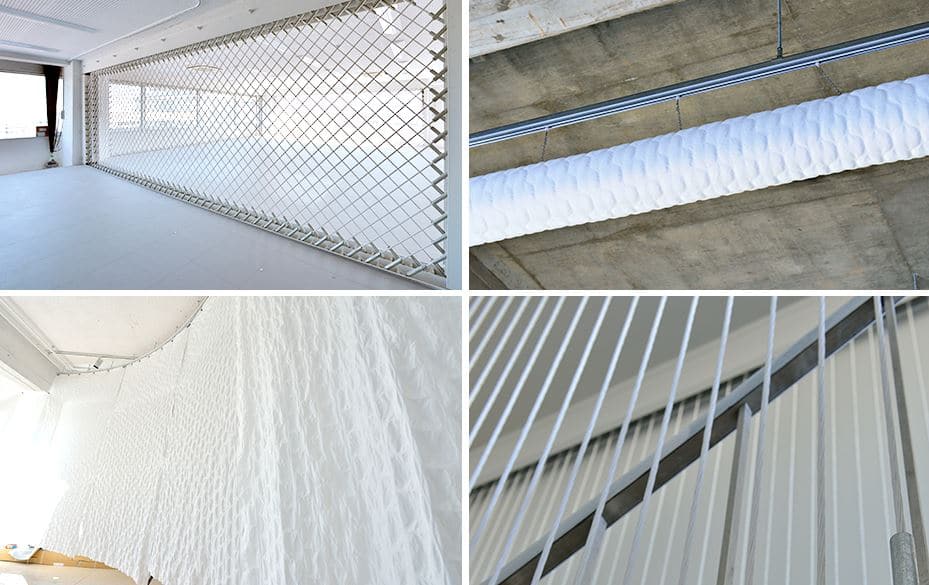
The strand is the lightest seismic reinforcement and is very aesthetic. To see more about this material from the headquarters of Komatsu Seiten. The threads have reinforced the entire structure.

Remember that we have an article with abundant information and documents of interest on how to review damages in houses and earthquake structures in a visual format.
Another innovation in the construction is the invention of furniture bioplastics for street furniture. This innovation is due to the joint effort of two companies Terreform One and Genspace.
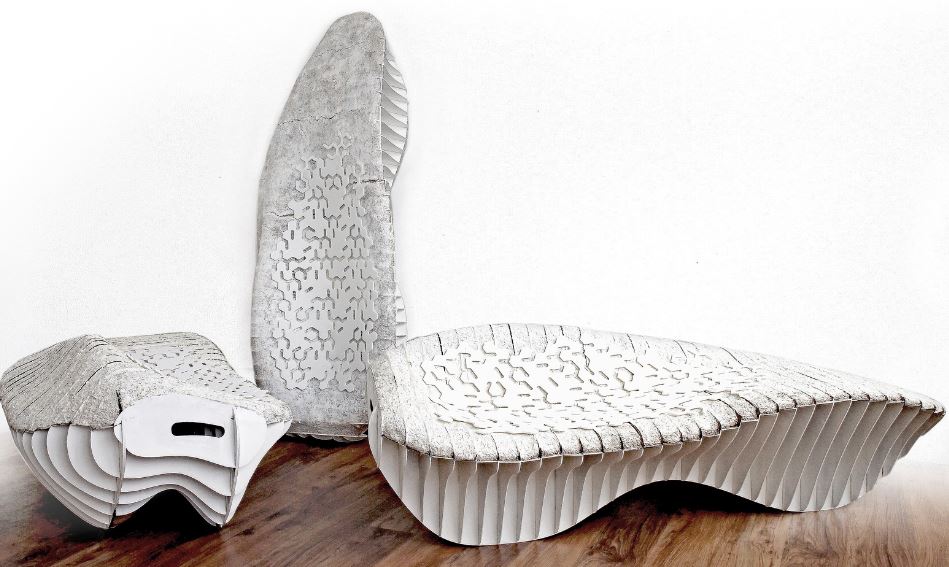
So far, there are two pieces of furniture created with this material, a chaise lounge and a small chair for children, but as we already saw in the article on architecture with plastic, I'm sure the future is very promising!
The furniture is made of a material called Mycoform, which is made by combining wood chips, plaster, a oat component and a fungus called Ganoderma lucidum. This fungus is added since it has the ability to disintegrate the waste products and leave a structural material strong. It comprises interlocking segments that can be use to twist the chair into different shapes.
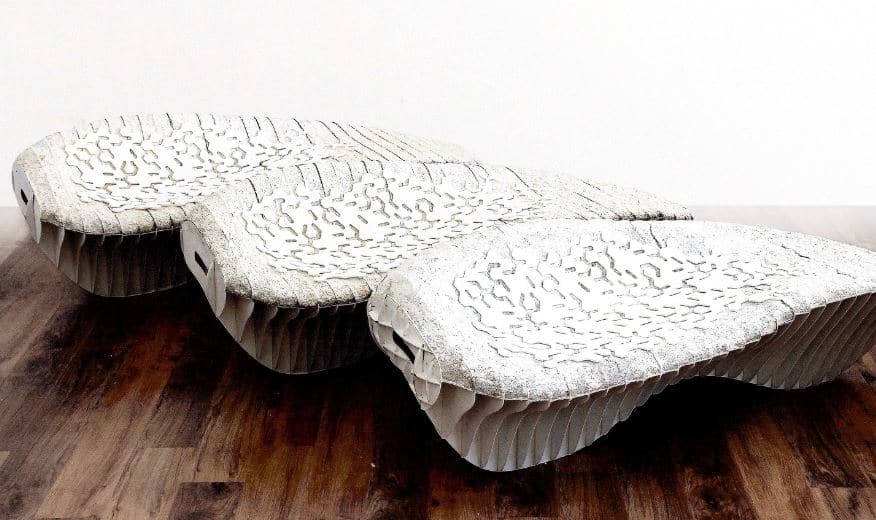
Not only has adequate durable plastic been achieved for use on furniture, but also potentially on the architecture.
This combined effect creates a low-tech piece of furniture, low energy and free of contamination, since once the furniture has reached the end of its useful life can be disposed of in any biological environment – such as a garden – and they break down.
It is impossible to enumerate all the materials of new and innovative constructions coming onto the market day after day, so the article of innovative materials we see some portals where to find the latest in technology.
Engineers at Purdue University have created a super white paint that reflects 95.5% of light and is also cheap to produce.

Can keep all surfaces cool, specifically, up to 18 degrees Fahrenheit (-7,778°C) colder than your crazy environment! but without consuming energy. radiates efficiently infrared heat (Remember, Reflect = relative to radiation and Isolate = relative to radiation driving).
With building envelopes at lower temperatures in the summer periods, the refrigeration of the rooms could be reduced homes, that is, less air conditioning, and therefore, less energy consumption.
Not counting, with the multiple applications that could be practice in cities to forcefully decrease the famous “heat island”. You can read more in our article extensive on the subject.
Among the new materials of construction that could revolutionize the sector, for Of course, cement is one of the great ones investigated by the scientists.
In this case, the first battery is being developed cement-based refillable The goal is to have buildings that can store energy in the structure through the cement.

Cement has small amounts of carbon fibers to increase conductivity and flexural strength. Then, a fiberglass mesh is embedded in the mix. metal-coated carbon: iron for the anode and nickel for the cathode.
Result, a rechargeable battery with a density of average energy of 7 watt hours per square meter, which, although it is not much, if we look at the amount of cement Introduced in a building, we have a huge battery!
Polyurethane is a polymer from petroleum that we can find it in almost all sectors: in construction and construction such as insulation (very common) and sealant, paints, textile fibers, furniture, automobile components, etc.

New alternatives are appearing on the market organic products that will soon be mass-produced. One of them is the so-called RICEWAVE. A biomass plastic made from of crushed and recycled rice. Inedible rice that has to be discarded.
The new material is developed by the manufacturer of Japanese Meuble furniture, which already uses this component in its furniture, in collaboration with Mitsui Plastics. According to the company, proto will be marketed worldwide with benefits tangible for the environment.
If you liked the article, rate it and share!